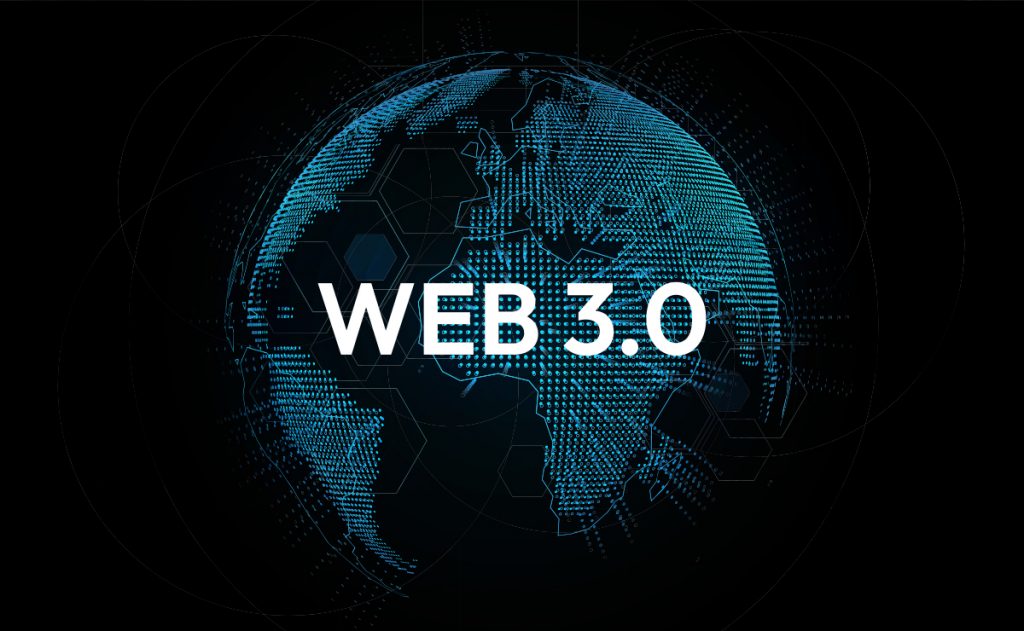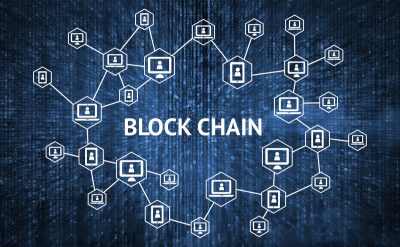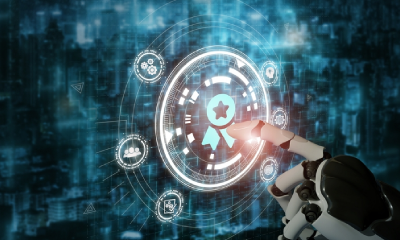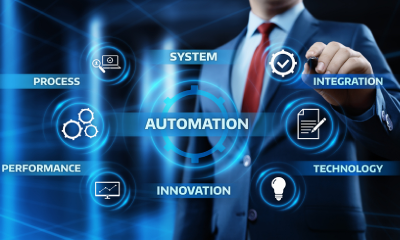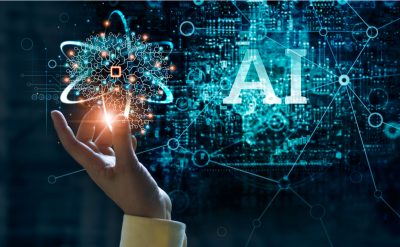The Internet has become a critical component of modern life. In fact, we cannot even imagine a life without the Internet, more so since the global pandemic hit the world and forced most of us to move online – with more urgency than ever before – for all activities related to occupation, education, communication, financial and recreational needs.
With human dependency on the Web growing rapidly over the last 30 years, the Web, too, has undergone seismic metamorphoses during this time. The next stage of its evolution is very much in sight – yes, we are talking about Web 3.0.
Phases of Internet
To understand Web 3.0 better, it’s essential to get an understanding of the previous versions of the Web:
- Web 1.0
The original Internet provided experiences as we know them, Web 1.0. The term was coined by Darci DiNucci, an author and web designer when distinguishing between Wen 1.0 and Web 2.0 in 1999. In the 1990s, websites were designed using static HTML pages that could just display information. The users could not change or upload the data.
- Web 2.0
It was in the late 1990s when the world of the Internet started becoming more interactive, collaborative, and advanced version. Web 2.0 allowed users to interact with websites using databases, server-side processing, forms, and social media. These tools changed the web experience from being static to dynamic.
Web 2.0 stressed user-generated content and interoperability between different sites and applications. It was more about observation and participation. Social media networks like Facebook and Twitter and graphical multiplayer games were also introduced as a part of Web 2.0 evolution. This Internet generation also brought the usage of Big Data and Machine Learning algorithms into the light. Most of the websites made the transition to Web 2.0 in the mid-2000s.
- Web 3.0
The third generation of the Internet, Web 3.0, is defined by intelligence and allows the global network to carry intelligent interactions between all its users and devices. It is an advanced intelligent form that interacts not just between people and websites but between software and software.
Web 3.0, while not fully defined, can leverage peer-to-peer (P2P) technologies like blockchain, open-source software, virtual reality, the Internet of Things (IoT), and more. Web 3.0 aims to make the Internet more open and decentralized. The third generation of the Internet allows different applications to be more device-friendly, meaning they can successfully perform operations on any type of hardware and software without added development costs.
Features defining Web 3.0
Web 3.0 is also recognized based on the following features –
1. Semantic Web
The next evolution of the Web involves the Semantic Web, which improves the web technologies in demand to generate, share and connect content through search and analysis based on the capability to understand the meaning of words rather than keywords or numbers.
2. Artificial Intelligence
Integrating Artificial Intelligence with Natural Language Processing (NLP) in Web 3.0 allows computers to distinguish information like humans in order to provide faster and more relevant results. They become more intelligent to fulfill the needs of the users.
3. 3D Graphics
With Web 3.0, three-dimensional design is being used extensively in websites and services. Museum guides, computer games, e-commerce, geospatial contexts, etc., extensively use 3D graphics.
4. Connectivity
Web 3.0 makes information more connected with the help of semantic metadata. This takes user experience to another level of connectivity by leveraging all the available information.
5. Ubiquity
This feature allows accessibility of content through multiple applications. This facilitates services that can be used everywhere.
Why Web 3.0 over Web 1.0, 2.0?
A combination of the features of Web 3.0 is expected to yield numerous benefits as below:
- Central point of contact is eliminated: With the elimination of intermediaries from the scheme of things, they will no longer control data. This reduces the risk of censorship by governments or corporations and cuts down the effectiveness of Denial-of-Service (DoS) attacks.
- Increased interconnectivity: As more and more products get connected to the Internet, larger data sets provide algorithms with more information to analyze. This aids in facilitating exact information that stores the data based on the individual user’s specific needs.
- Efficiency in browsing: Earlier, finding the best or exact results using search engines was problematic. As the technology advanced, search engines became smarter at finding semantically relevant results based on the entered context and metadata. This provides a more convenient web browsing experience.
- Enhanced advertising and marketing: Bombarding online ads is surely not liked by anyone. But if these ads cater to one’s interests and needs, they can add more value in finding the right product for the user. Web 3.0 makes use of advanced technologies like smarter AI systems that will improve advertising based on the target specific audience of consumer data.
- Efficient customer support: Customer service is the key for any organization to deliver a smooth user experience for its websites and web applications. Due to its high costs, many successful web services find it difficult to provide customer service operations based on the requirements.
Intelligent chatbots can handle multiple customers simultaneously and enable organizations to offer a smooth experience to users.
All these qualities of Web 3.0 make it superior, advanced, and more productive than the other two generations.
What the future holds!
The evolution of the Internet is a long-term journey and will continue with evolutions in technology. With the massively available data, websites and applications can form a web that offers a better experience to the continuously growing Internet users of the world.
According to Statista, as of January 2021, there were 4.66 billion active internet users worldwide, forming 59.5 percent of the global population. Of this total, 92.6%, i.e., 4.32 billion, accessed the Internet via mobile devices.
Web 3.0 massively uses Machine Learning (ML) and Artificial Intelligence (AI) as advanced and next-generation Internet technologies. These technologies help Web 3.0 provide more personalized and relevant information at a faster rate. Its major part covers creating more open, connected, intelligent websites and web applications using machine-efficient user-based data. The use of smarter search algorithms and development in Big Data analytics will contribute more to the development of Web 3.0.
In 1999, Tim Berners-Lee, the computer scientist who invented the World Wide Web, described the idea of the Semantic Web as:
“I have a dream for the Web [in which computers] become capable of analyzing all the data on the Web – the content, links, and transactions between people and computers. A “Semantic Web,” which makes this possible, has yet to emerge, but when it does, the day-to-day mechanisms of trade, bureaucracy, and our daily lives will be handled by machines talking to machines.”
To read more about similar technologies, please visit our whitepapers here.




